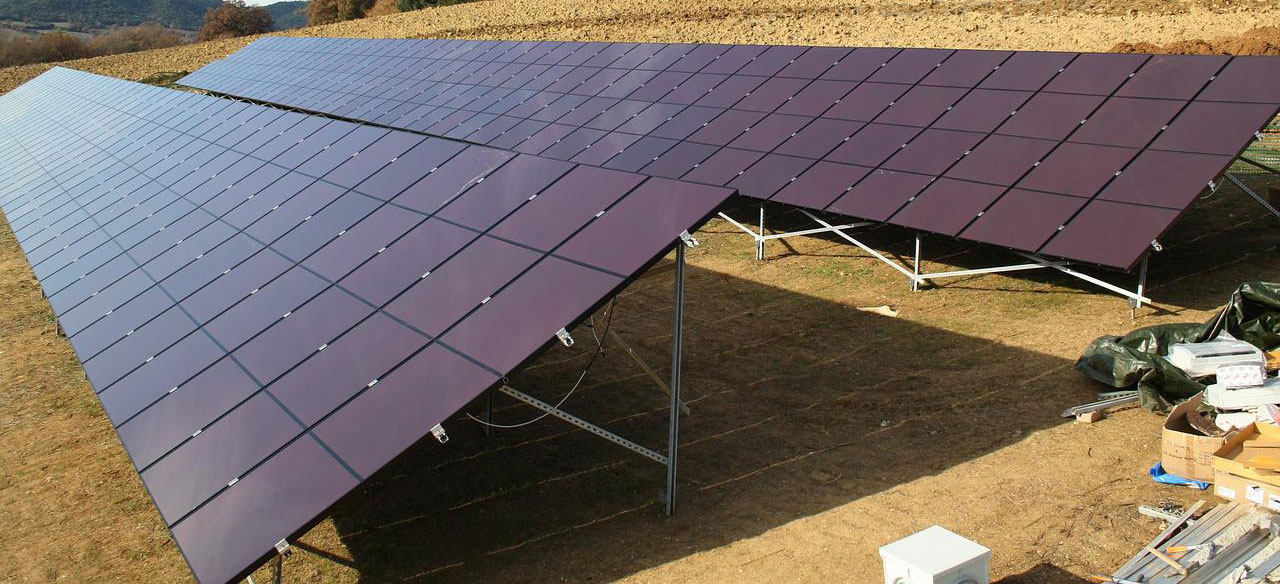Ground Mounted Solar Panels
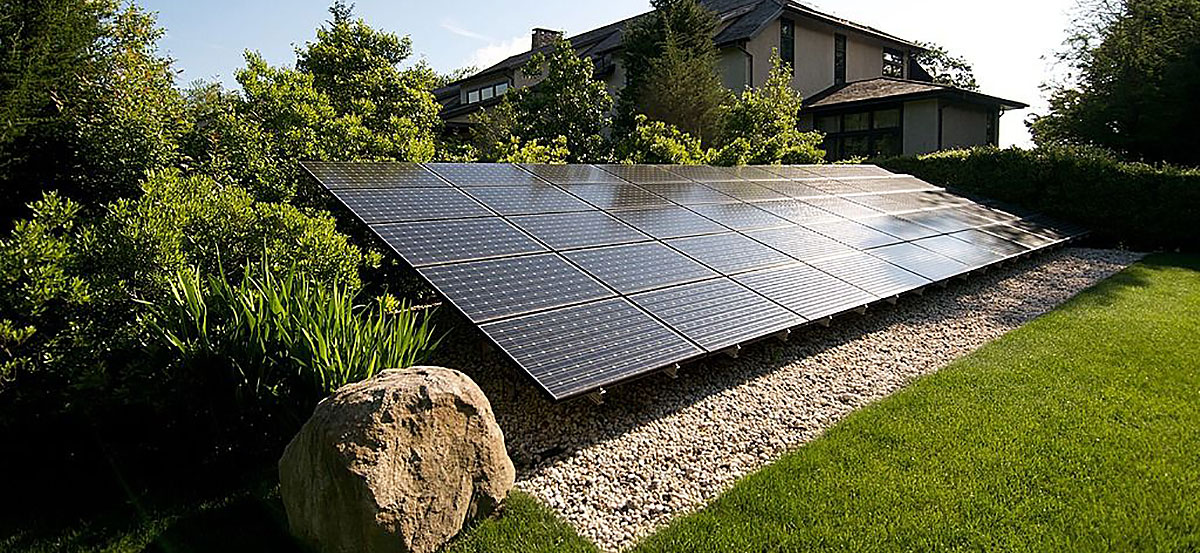
If you’re looking for a way to go with solar energy and cut your energy costs, you may be wondering if ground mounted solar panels are a good option for you. Ground mounted solar panels, or free standing solar panels as they are also known, offer many benefits, including the ability to generate more power in shaded areas and the ability to be installed almost anywhere. In this guide, we will discuss the basics of a ground mount solar system and answer some common questions about them.
Can Solar Panels be installed on the ground?
Yes, solar panels can be installed on the ground. In fact, ground mounted solar panels can be installed anywhere where there’s sufficient open space and sunlight exposure. Free standing solar panels are a popular choice for businesses and communities with high energy demands, or private owners who live in a shaded area but have a wide open space ideal for ground-mount solar.
Ground mounted solar panels have many benefits over a traditional rooftop system. Rooftop solar panels are often limited by shading from trees or buildings, but ground mounted panels can be placed in direct sunlight. Ground mount solar panels can also be installed on slopes or uneven terrain, making them a good option for properties with difficult or sloped roofs. In addition, ground mounted solar panels are often easier to maintain and repair than a rooftop system.
What is a suitable area for a ground-mounted solar system?
A suitable area for a ground-mounted solar system is any open, sunny space. Ground mounted solar panels can be installed in a wide variety of locations, including on the ground, on a pole, or on a roof. The best location for your ground mount solar panels will depend on your specific needs and goals. If you’re looking to generate the most power possible, you’ll want to choose a location with direct sunlight exposure. If you’re looking for an installation that’s less obtrusive, you may want to consider a location on the edge of your property or on a roof.
You should search for a location that is:
- The ground to the south may be flat or gently sloping (up to 5 degrees), depending on the terrain.
- Outside of a flood zone containing 100 years or less of flooding
- Not heavily shaded by trees or other objects
- Only a few meters from the existing electrical system
- If the system is big enough (greater than 100 kW), it will not be seen from neighbouring houses.
- Ground that is suitable (pre-drilling is not required for foundations that are too hard, pre-drilling is necessary for foundations that are too soft)
How much does it cost to install ground mounted solar panels?
The cost of installing standard ground mount solar panels varies depending on the size and scope of the project. Ground mount solar panel installations can range in cost from $25,000 to $50,000 or more. The best way to get an accurate estimate of the cost of your project is to contact a qualified solar installer in your area.
Ground Mounted Solar Panel Racking Options
Traditional
Steel pillars are the most cost-effective method of building a standard ground mount system. Steel pillars may be driven into the ground without pre-drilling if the soil is deemed suitable during the geotechnical study, and they are wind rated for Wind Region A in Australia. If you live in the areas of the Hawkesbury or Blue Mountains that can get snow in Winter, this may not be a suitable mounting option for you.
Pole Mounted System
Pole mounts are a good solution when there is not enough space for a traditional ground mount system, or when the property owner wants to avoid disturbing the existing landscaping. Pole mounts can be installed on any type of terrain. A pole mount will take up less surface area on your property and if installed with a tracking system, can be used to tilt the panels or rotate them certain angles throughout the day. It should be mentioned though that the tracking system itself will require electricity which could outweigh its benefits.
Concrete
A concrete foundation may be required to install the panel mounting system in certain circumstances. This gives the structure greater stability and resistance to the wind. Concrete foundations are more expensive than steel pillars, but they may be the best option in some cases.
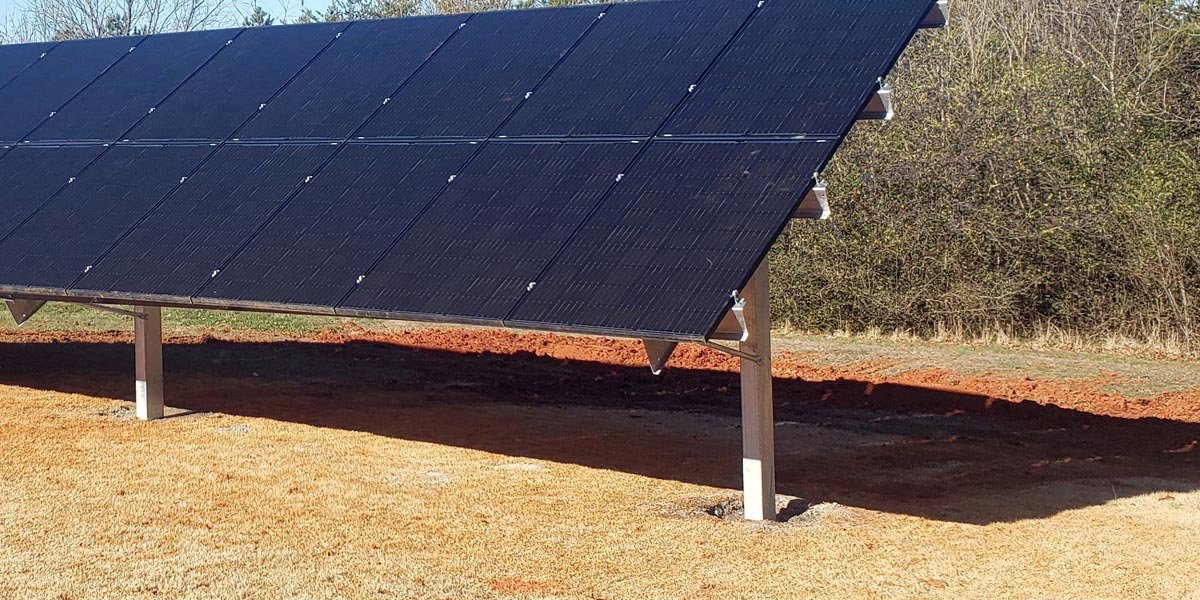
Ground Screw
Whilst expensive, ground screwing when you install solar panels into the ground, can provide a very stable solution, especially for those in windy areas. Ground screws are also a good solution for properties with difficult or sloped roofs.
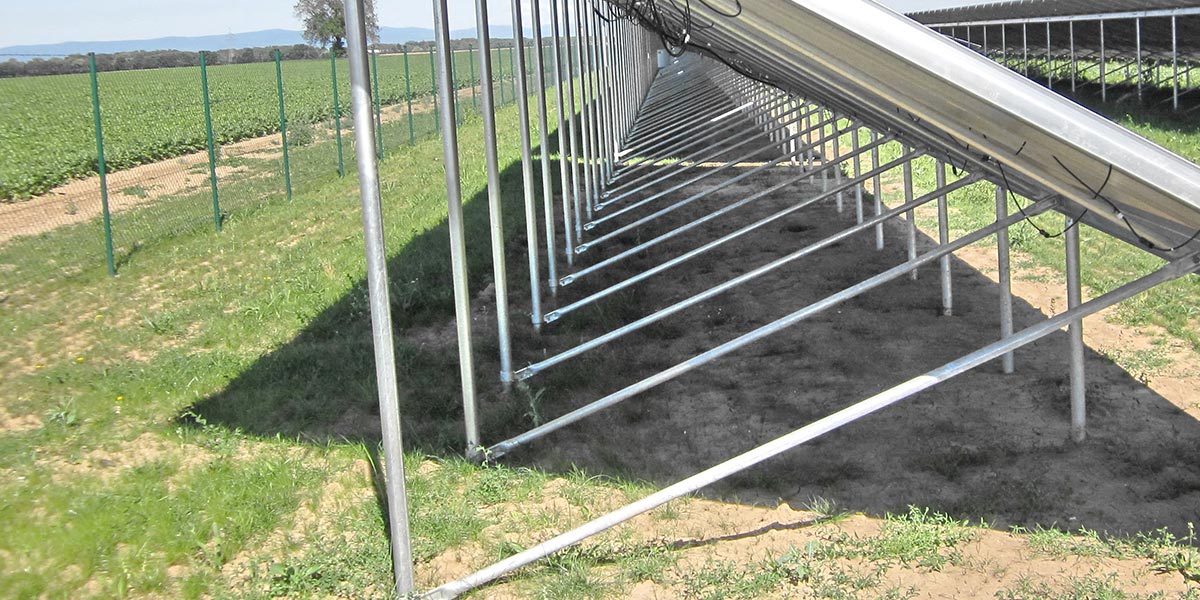
Ballasted
In certain cases, it is better not to dig through the earth at all. Solar panels may also be set up on concrete blocks that rest on the ground and keep the system in place. This method, called ballasting, is often used on rooftop solar arrays but can also be used for ground-mounted systems.
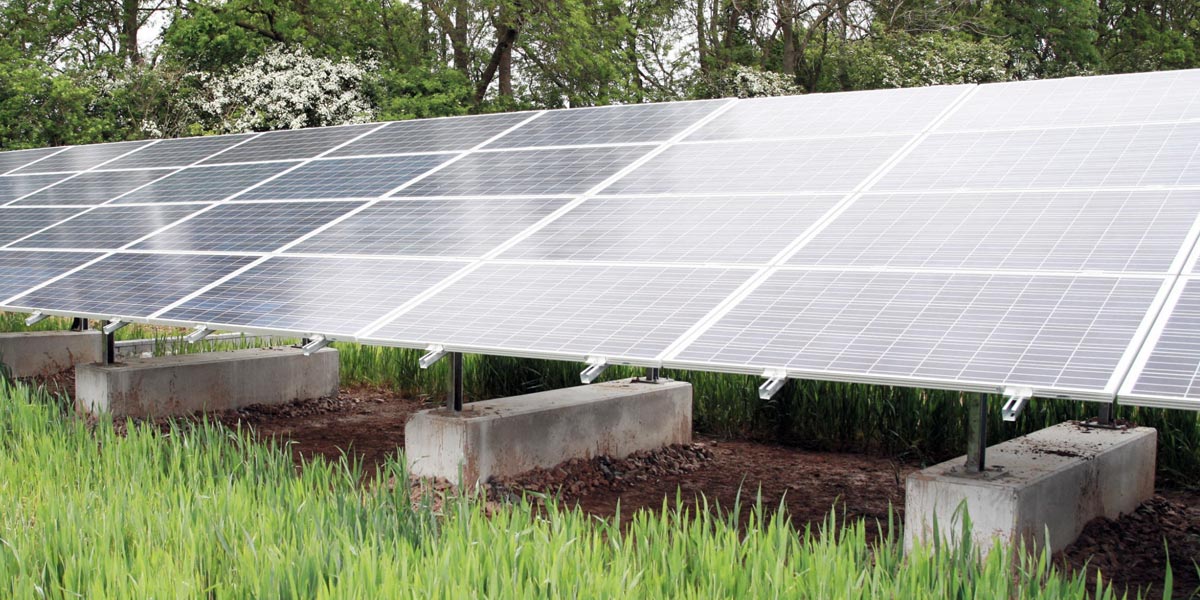
Single Axis Tracking
Tracking systems use motors to pivot the panels throughout the day so they are always at the optimum inclination to the sun. Single-axis trackers follow the sun’s path from east to west. The advantage of tracking systems is that they can generate up to 30% more electricity than fixed-tilt panels. The downside is that they are more expensive and require more maintenance than fixed-tilt systems.
Dual Axis Tracking Systems
The axis of a two-axis tracker is divided into many paths that allow the panels to move in a more circular pattern, resulting in enhanced output.
The pros and cons of ground-mounted solar panels
If you’re thinking about installing a ground-mounted solar system instead of a rooftop system, there are several things to consider. Your choice will be based on your specific demands and the constraints imposed by your solar provider.
Pros
- Maximise sunlight exposure
- Better air circulation can help improve efficiency
- Easier to access when it comes to maintenance
Cons
- More expensive than a rooftop solar system
- Takes up more land space
- May require a building permit
- Can be prone to damage from wildlife or other objects hitting them
How many ground-mounted solar panels will I need?
The typical house requires 20 solar ground-mounted panels.
Assume a location that receives 5 peak sun hours of sunshine each day and uses 300-watt panels. In that time, each solar panel will generate 1.5 kWh (1,500 watt-hours) of power each day.
In Australia, the typical household consumes approximately 900 kilowatt hours (kWh) of electricity each month, or around 30 kWh each day. We know that each solar panel produces 1.5 kWh of energy per day, so we can offset the average daily usage of an Australian home by installing 20 solar panels.
Who makes the best ground-mounted solar panels?
There are many manufacturers of solar panels, and the quality of their products varies. Some brands have a good reputation for producing a high-quality solar system that will last for many years, while others have a reputation for producing inferior products.
When choosing a brand of solar panel, it is important to do your research and read reviews from other consumers. You should also compare the price of the solar panel to its features and warranty. Some brands offer better value than others.
In our opinion, the best ground-mounted solar panels on the market are made by SunPower. SunPower manufactures high-quality products that come with long warranties and have a reputation for being durable and reliable.
Can I install a ground-mount kit myself?
Whilst the technical answer is yes, you could if you have the skills and knowledge, the question should also be asked, do you want to risk it? Ground-mounted solar systems are not cheap and if installed incorrectly, could lead to subpar results.
We would recommend engaging the services of a professional solar installer, like Skyline Solar, who will be able to install your system quickly and efficiently. Not only will they do a better job, but it will also likely void your warranty if something goes wrong when you attempt the install yourself.
Is a ground-mounted solar panel system right for my home?
If you have a lot of open area on your property and want to install solar panels at a greater number than you can fit on your roof, ground-mounted solar systems may be preferable. This is especially true if you have a lot of free space on your land so that you may put in more solar panels than you can possibly use.
However, if the amount of space you have for solar panels is insufficient, it’s probably not possible to install as many of them as you need. Roof-mounted systems can also leave room for your grass, flower beds, or other landscaping. If that’s essential to you, rooftop solar panels may be the way to go.
I should also emphasize that if your roof space is not suitable for solar panels, you can install a ground-mount solar system or a solar carport, as well as a variety of other options.
Conclusion
Ground mounted solar panels, or free standing solar panels, are a great renewable energy option for those who have enough open space on their property to install them. They offer the potential to produce more energy than rooftop solar panels, and are easier to access for maintenance. However, they can be more expensive than other options and require a building permit in some cases. A ground mounted system should be installed by a professional solar installer to ensure they are installed correctly. The team at Skyline Solar have been installing solar panels for decades and would be happy to assist. If you have the space and budget for a ground-mounted system, it may be the right choice for your home.
